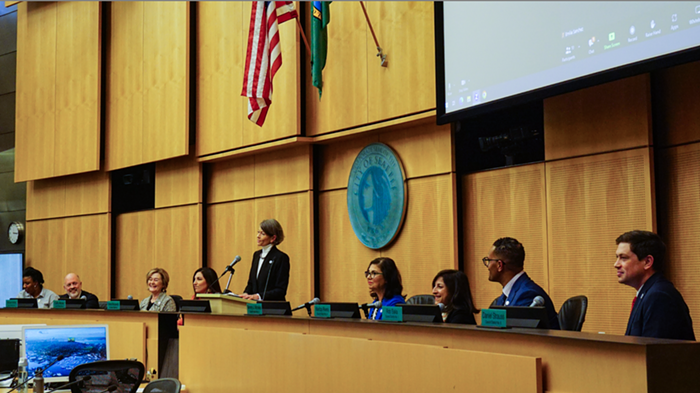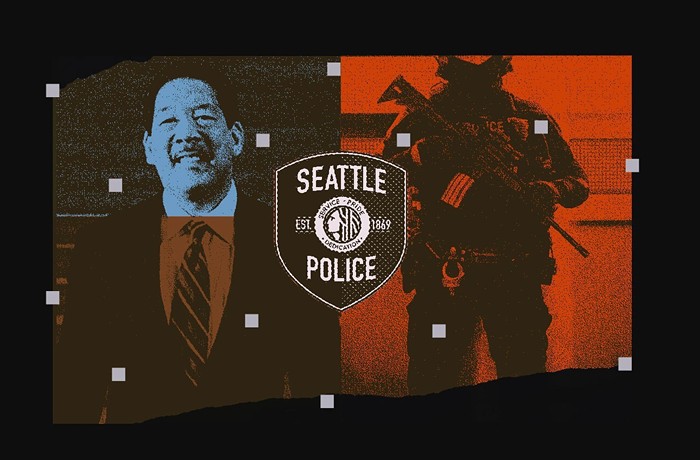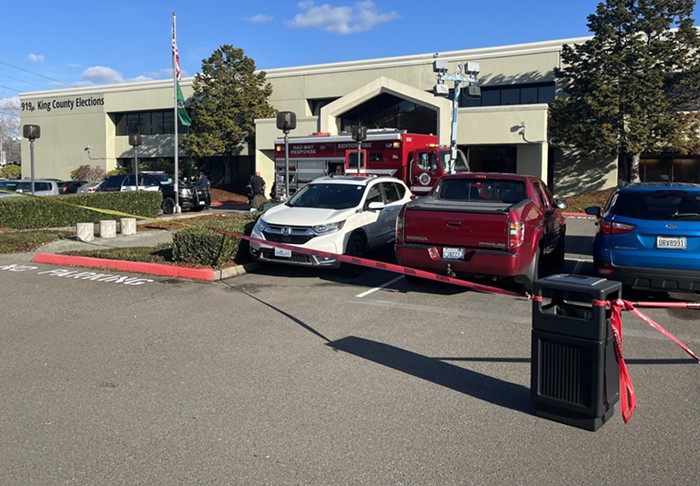And then there's what I might find later this week when I (hopefully) receive some more documents in response to a public records request. These documents could explain away various discrepancies as innocent and irrelevant errors, or, as I suspect, deliver a fatal blow to the validity of the November election.
I've been reporting since January that the number of absentee ballots counted in King County was hundreds more than the number of absentee voters who have been identified as having voted, even though these numbers are supposed to match.
On February 22, I sent Dean Logan, Director of Records, Elections, and Licensing Services Division in King County, a public disclosure request for, among other things, "all documents pertaining to the reconciliation of absentee ballots and absentee voters from the November 2004 election." The only document his office delivered in response to that specific request was a "Mail Ballot Report" they gave me on March 7, which appeared to prove that every absentee ballot that came in the door was either valid and properly counted or invalid and properly set aside. But I noticed that the numbers in the Mail Ballot Report didn't square with other numbers the county published and I immediately suspected it was falsified.
As I argued on my blog last Monday and in this column later in the week, the discovery of the now 94 uncounted ballots was convincing proof that the Mail Ballot Report had to have been falsified. This report, which supposedly accounted for all returned absentee ballots, but somehow omitted any mention of 94 missing ballots, could only be a fake. It turned out that I was right. On April 7, King County admitted the report was based on a fictional ballot accounting that was "so flawed it was virtually meaningless."
Seeing my suspicions confirmed about the 94 ballots leads me to believe that when the rest of my public records request comes through (they're taking their time with it), it will become clear that King County's mistakes will make it impossible for Christine Gregoire to continue claiming she won the election fair and square. Reed even hinted that I'm looking in the right places. He told me he's "dismayed" that King County hasn't given a proper accounting for its ballots. He's also disappointed that every time King County has found a mistake, instead of admitting it, they have "essentially covered it up."
They can't cover it up much longer. State election rules require counties to keep a detailed audit trail with the date that every absentee ballot was returned and whether it was counted as valid or the reason why it was rejected. A spreadsheet with this information would settle this lingering controversy within hours, assuming of course that it proves that all ballots returned and counted really were accounted for.
Indeed, King County seems to be covering up the documentation showing whether or not the absentee ballots were properly accounted for. These documents are of vital public importance to help settle questions about the election one way or another. I'm prepared to go to court to obtain them. I hope that won't be necessary.


















